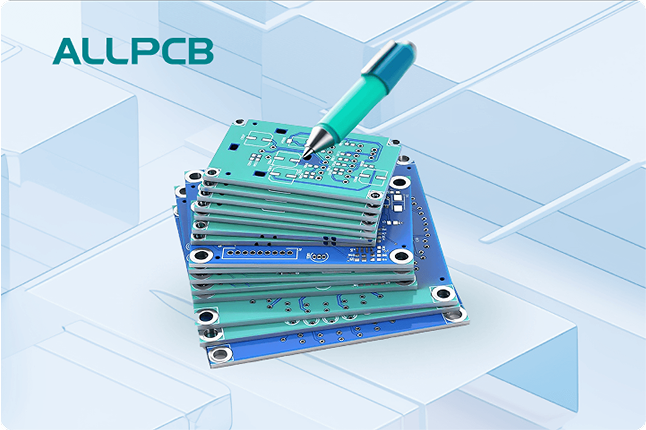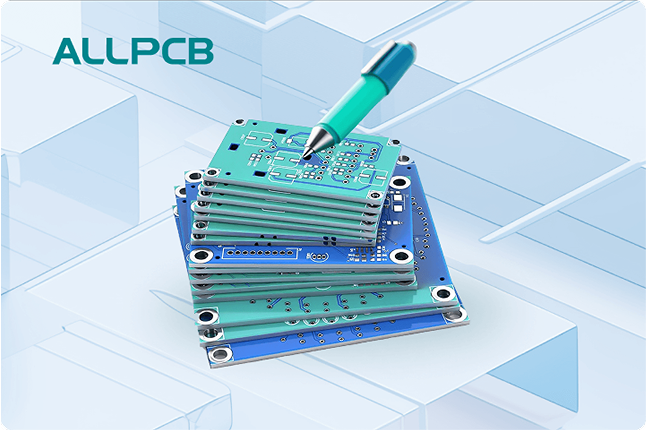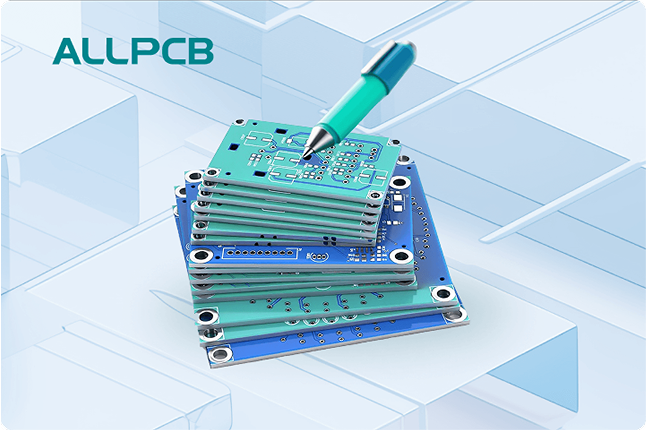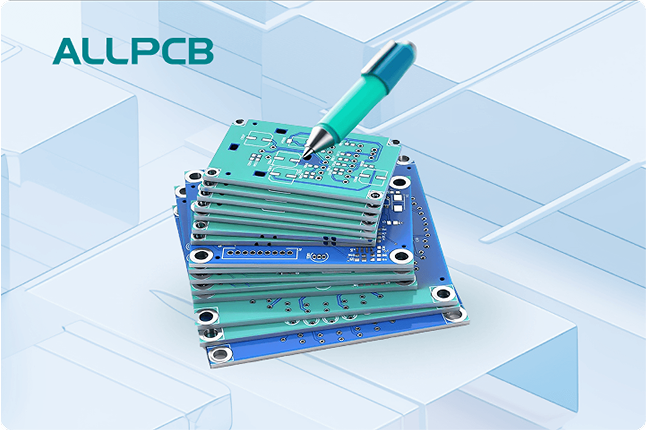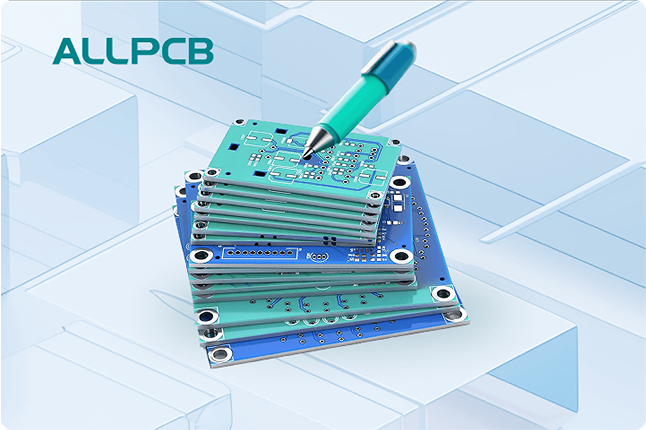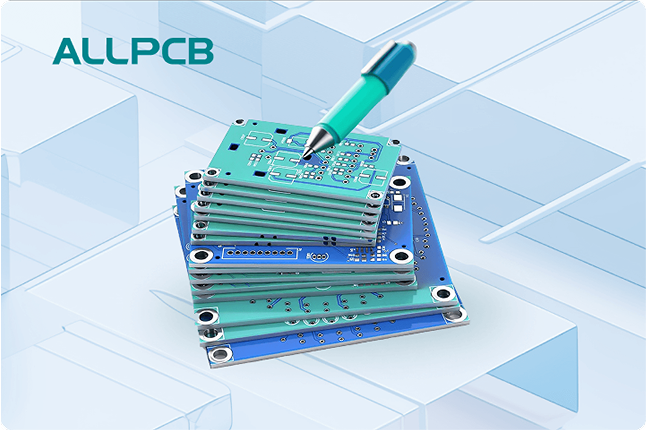When it comes to designing high-speed printed circuit boards (PCBs), controlling impedance is critical for ensuring signal integrity and optimal performance. Two common transmission line structures used for impedance control in PCB design are microstrip and stripline. But which one is better for your project? In short, microstrip is ideal for simpler, cost-effective designs with external traces, while stripline offers superior noise protection for high-frequency, noise-sensitive applications. In this comprehensive guide, we’ll dive deep into the differences between microstrip vs stripline impedance, explore PCB microstrip impedance control and PCB stripline impedance control, and help you choose the right option for your design needs.
What is Impedance Control in PCB Design?
Impedance control is the process of designing PCB traces to maintain a specific characteristic impedance, ensuring that signals travel without unwanted reflections or losses. In high-speed circuits, mismatched impedance can lead to signal distortion, crosstalk, and electromagnetic interference (EMI). Controlled impedance is crucial for applications like telecommunications, RF systems, and high-speed digital circuits.
Both microstrip and stripline are transmission line structures used to achieve controlled impedance in PCB designs. They differ in their physical construction, electrical properties, and suitability for specific applications. Let’s break down each structure and compare how they handle impedance control.
Understanding Microstrip in PCB Design
A microstrip is a type of transmission line where the conductive trace is placed on the outer layer of the PCB, with a ground plane directly beneath it, separated by a dielectric material (like FR-4). This structure is exposed to air on one side, which affects its electrical properties.
Key Features of Microstrip for Impedance Control
- Structure: The trace is on the surface, making it easy to fabricate and inspect.
- Impedance Calculation: The characteristic impedance of a microstrip depends on the trace width, thickness, dielectric constant of the substrate, and the height between the trace and ground plane. Typical impedance values range from 50 to 75 ohms for many high-speed designs.
- Signal Speed: Since one side of the trace is exposed to air (dielectric constant of 1), signals travel faster in microstrip compared to fully embedded traces. The effective dielectric constant is typically between 2.5 and 3.5 for common materials like FR-4.
- Applications: Microstrip is widely used in RF circuits, antennas, and simpler high-speed designs due to its ease of manufacturing.
Advantages of Controlled Impedance Microstrip
- Cost-Effective: Microstrip traces are easier and cheaper to fabricate since they are on the outer layers of the PCB.
- Accessibility: Being on the surface, microstrip traces can be easily modified or tested during prototyping.
- Tighter Control: For a given impedance (e.g., 50 ohms), microstrip traces are often wider than stripline traces, making it easier to maintain precise impedance during manufacturing. Etching tolerances are typically within ±10% for trace width.
Disadvantages of Microstrip
- EMI Susceptibility: Since the trace is exposed, microstrip is more prone to electromagnetic interference and crosstalk.
- Signal Loss: At very high frequencies (above 10 GHz), microstrip can experience higher signal loss due to radiation.
Understanding Stripline in PCB Design
A stripline is a transmission line structure where the conductive trace is embedded between two ground planes within the PCB, surrounded by dielectric material on all sides. This fully enclosed design offers unique benefits for impedance control.
Key Features of Stripline for Impedance Control
- Structure: The trace is sandwiched between two ground planes, providing a shielded environment.
- Impedance Calculation: Stripline impedance depends on trace width, thickness, dielectric constant, and the spacing between the ground planes. Common impedance values are also in the range of 50 to 75 ohms.
- Signal Speed: Signals in stripline travel slower compared to microstrip because the trace is fully embedded in the dielectric material, with an effective dielectric constant closer to the substrate’s value (e.g., 4.5 for FR-4).
- Applications: Stripline is often used in high-frequency, noise-sensitive applications like 5G infrastructure and medical devices.
Advantages of Controlled Impedance Stripline
- Noise Protection: The dual ground planes shield the trace from external EMI and reduce crosstalk, making stripline ideal for high-density, high-frequency designs.
- Signal Integrity: Stripline offers better signal integrity at higher frequencies (above 5 GHz) due to reduced radiation losses.
- Consistent Impedance: The fully enclosed structure ensures a more uniform dielectric environment, leading to stable impedance across the trace.
Disadvantages of Stripline
- Complex Fabrication: Embedding traces within the PCB layers increases manufacturing complexity and cost.
- Difficult to Modify: Since stripline traces are internal, they cannot be easily accessed or adjusted after fabrication.
- Narrower Traces: For the same impedance value (e.g., 50 ohms), stripline traces are narrower than microstrip traces, making them more sensitive to manufacturing tolerances.
Microstrip vs Stripline Impedance: Key Differences
Now that we’ve covered the basics of PCB microstrip impedance control and PCB stripline impedance control, let’s compare them across critical parameters for a clearer understanding.
1. Physical Structure
Microstrip traces are on the outer layer of the PCB with one ground plane, while stripline traces are embedded between two ground planes. This structural difference impacts their impedance control, signal behavior, and manufacturing process.
2. Impedance Calculation and Control
For a target impedance of 50 ohms, microstrip traces are wider due to the influence of air on one side, which lowers the effective dielectric constant (e.g., 2.8 for FR-4). Stripline traces, fully surrounded by dielectric material (e.g., dielectric constant of 4.5), are narrower for the same impedance. This means microstrip allows for easier control of impedance during fabrication due to larger trace widths, while stripline requires tighter manufacturing precision.
3. Signal Integrity and Speed
Microstrip signals travel faster due to the lower effective dielectric constant, but they are more susceptible to noise and loss at frequencies above 10 GHz. Stripline provides better signal integrity with slower signal propagation, making it suitable for ultra-high-frequency designs where noise protection is critical.
4. EMI and Crosstalk
Stripline’s enclosed structure offers superior protection against EMI and crosstalk, while microstrip’s exposed design makes it more vulnerable. For example, in a 5G base station PCB, stripline might be used for critical high-frequency lines to minimize interference, while microstrip could suffice for less sensitive connections.
5. Manufacturing Cost and Complexity
Microstrip is simpler and cheaper to manufacture since it uses outer layers, with costs often 20-30% lower than stripline for multilayer boards. Stripline requires additional layers and precise alignment of ground planes, increasing fabrication complexity and cost.
Practical Examples of Microstrip and Stripline in Impedance Control
To illustrate how controlled impedance microstrip and controlled impedance stripline are applied, let’s look at some real-world scenarios.
Example 1: High-Speed Digital Circuit
In a high-speed digital circuit operating at 5 Gbps, such as a data center server board, microstrip might be used for shorter traces on outer layers to save cost. A 50-ohm microstrip trace could have a width of 0.2 mm on a standard FR-4 substrate with a height of 0.1 mm to the ground plane. However, for longer traces or areas with high noise, stripline might be preferred to minimize crosstalk, requiring a narrower trace width of about 0.1 mm for the same impedance.
Example 2: RF Application
For an RF circuit in a wireless communication device operating at 2.4 GHz, microstrip is often chosen for its ease of integration with surface-mounted components like antennas. The trace width might be calculated to achieve a 50-ohm impedance, factoring in the dielectric constant of 4.2 and a substrate thickness of 1.6 mm. Stripline could be used for internal high-frequency lines to reduce radiation loss, though it would increase the board’s layer count and cost.
How to Choose Between Microstrip and Stripline for Impedance Control
Selecting between microstrip and stripline for your PCB design depends on several factors:
- Frequency Range: Use microstrip for lower frequencies (below 5 GHz) and stripline for higher frequencies where signal integrity is critical.
- Noise Sensitivity: Choose stripline for noise-sensitive applications to benefit from its shielding properties.
- Budget: Opt for microstrip if cost is a concern, as it reduces fabrication expenses.
- Board Complexity: If your design allows for simpler layouts, microstrip on outer layers can save time and resources. For complex multilayer boards, stripline might be necessary for critical traces.
- Signal Speed: If faster signal propagation is needed, microstrip has an edge due to its lower effective dielectric constant.
Best Practices for Designing with Controlled Impedance
Whether you’re using microstrip or stripline, follow these tips to ensure successful impedance control:
- Use Impedance Calculators: Leverage design tools to calculate trace width and spacing accurately based on your target impedance (e.g., 50 ohms or 75 ohms).
- Select the Right Material: Choose a substrate with a consistent dielectric constant (e.g., FR-4 with a dielectric constant of 4.2-4.5) to avoid impedance variations.
- Maintain Uniform Trace Geometry: Ensure consistent trace width and spacing to prevent impedance mismatches. For microstrip, aim for etching tolerances within ±10%.
- Work with Your Manufacturer: Collaborate closely with your PCB fabrication partner to verify stack-up details and manufacturing capabilities for controlled impedance designs.
- Test and Validate: Use time-domain reflectometry (TDR) to measure impedance after fabrication and confirm it matches your design specifications.
Conclusion
Impedance control is a cornerstone of high-speed PCB design, and choosing between microstrip and stripline can significantly impact your project’s performance. Microstrip offers simplicity, cost savings, and faster signal speeds, making it suitable for many standard applications. On the other hand, stripline provides excellent noise protection and signal integrity, ideal for high-frequency and noise-sensitive designs despite its higher cost and complexity. By understanding the nuances of microstrip vs stripline impedance, PCB microstrip impedance control, and PCB stripline impedance control, you can make informed decisions to optimize your designs.
Whether you’re working on controlled impedance microstrip or controlled impedance stripline, careful planning, precise calculations, and collaboration with your fabrication team are key to success. Use the insights and examples in this guide to select the right structure for your next PCB project and achieve reliable, high-performance results.
 ALLPCB
ALLPCB


